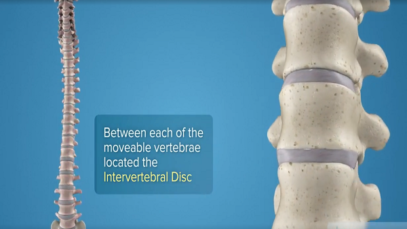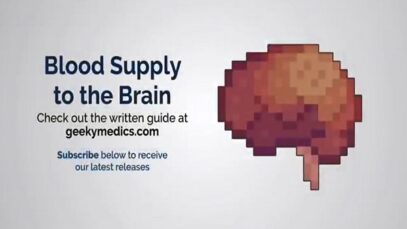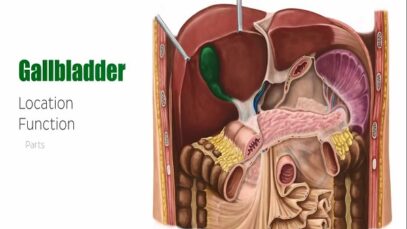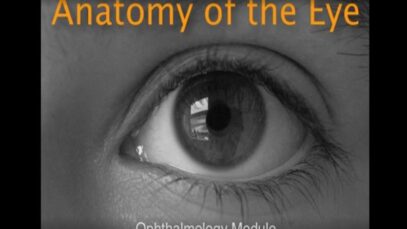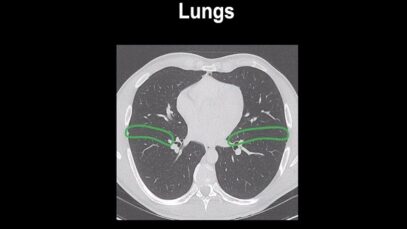Anatomy63 Videos



Gallbladder – Definition, Function Location – Human Anatomy
nonsurgical management of gallbladder stones ●The majority of patients with asymptomatic (incidental) gallstones do not require treatment. Patients with symptomatic gallstone disease or those at high risk for developing symptomatic gallstone disease, but are unable or unwilling to undergo cholecystectomy, may be candidates for nonsurgical management. ●Gallstones are composed of a mixture of cholesterol, calcium […]
How to identify normal lung anatomy on chest CT
What is CT Scanning of the Chest? Computed tomography, more commonly known as a CT or CAT scan, is a diagnostic medical imaging test. Like traditional x-rays, it produces multiple images or pictures of the inside of the body. A CT scan generates images that can be reformatted in multiple planes. It can even generate […]

